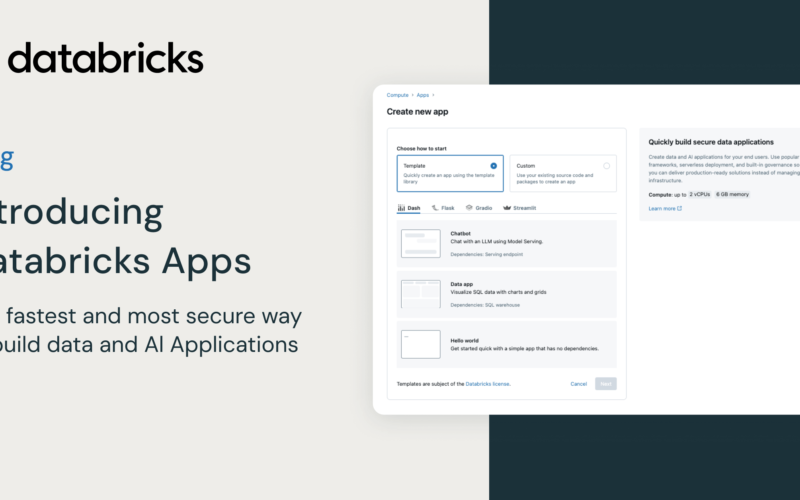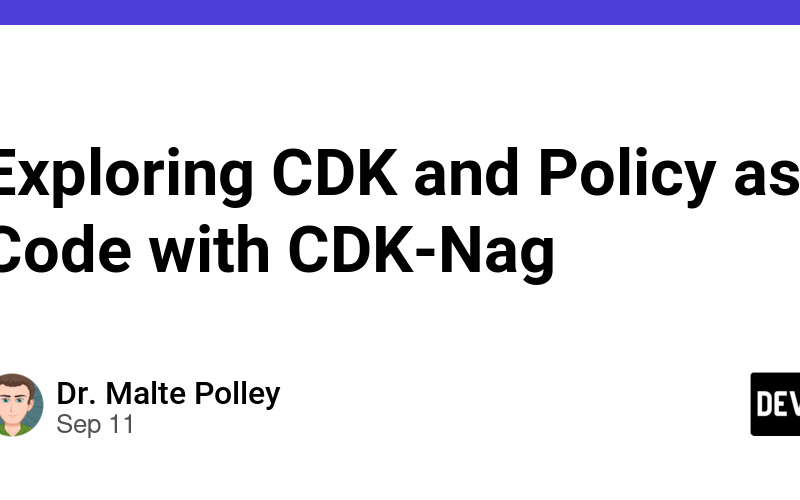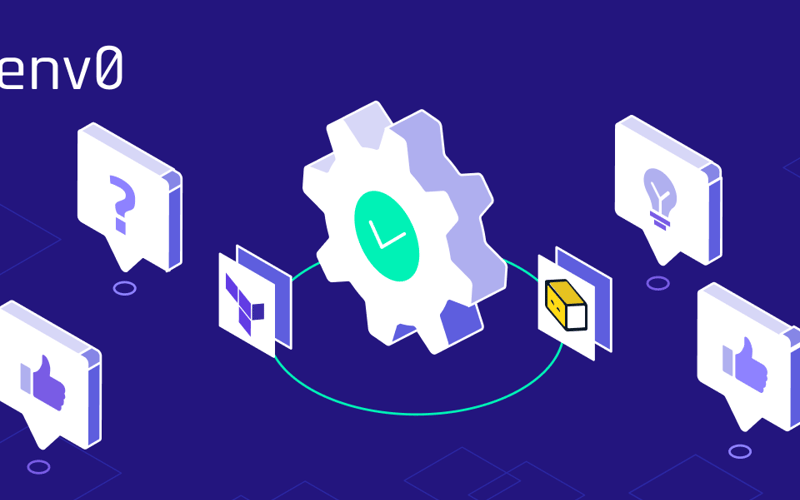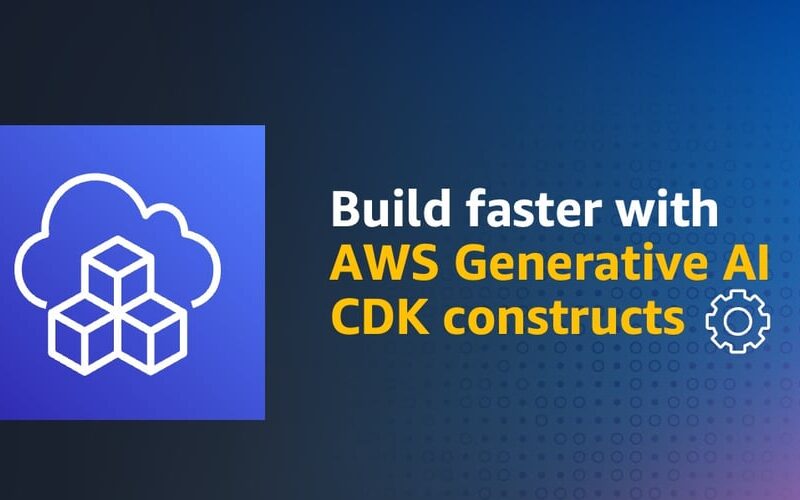20
Oct
As a member of the Platforms engineering team, we understand that security is a shared responsibility throughout the DevSecOps lifecycle for provisioning infrastructure. As a result, we set about championing best practices across the organization, with a focus on: Configuring short-lived credentials Automating cloud-provisioning pipelines Comparing infrastructure-as-code tooling Securing deployments from code-to-delivery Figure: How to provision infrastructure-as-code. Short-lived credentials GitHub Actions form the basis of our continuous integration/continuous deployment (CI/CD) pipeline as it integrates seamlessly with GitOps: the framework by which we ship peer-reviewed code early and often. It enables us to extend our workflow with Actions from verified creators,…





